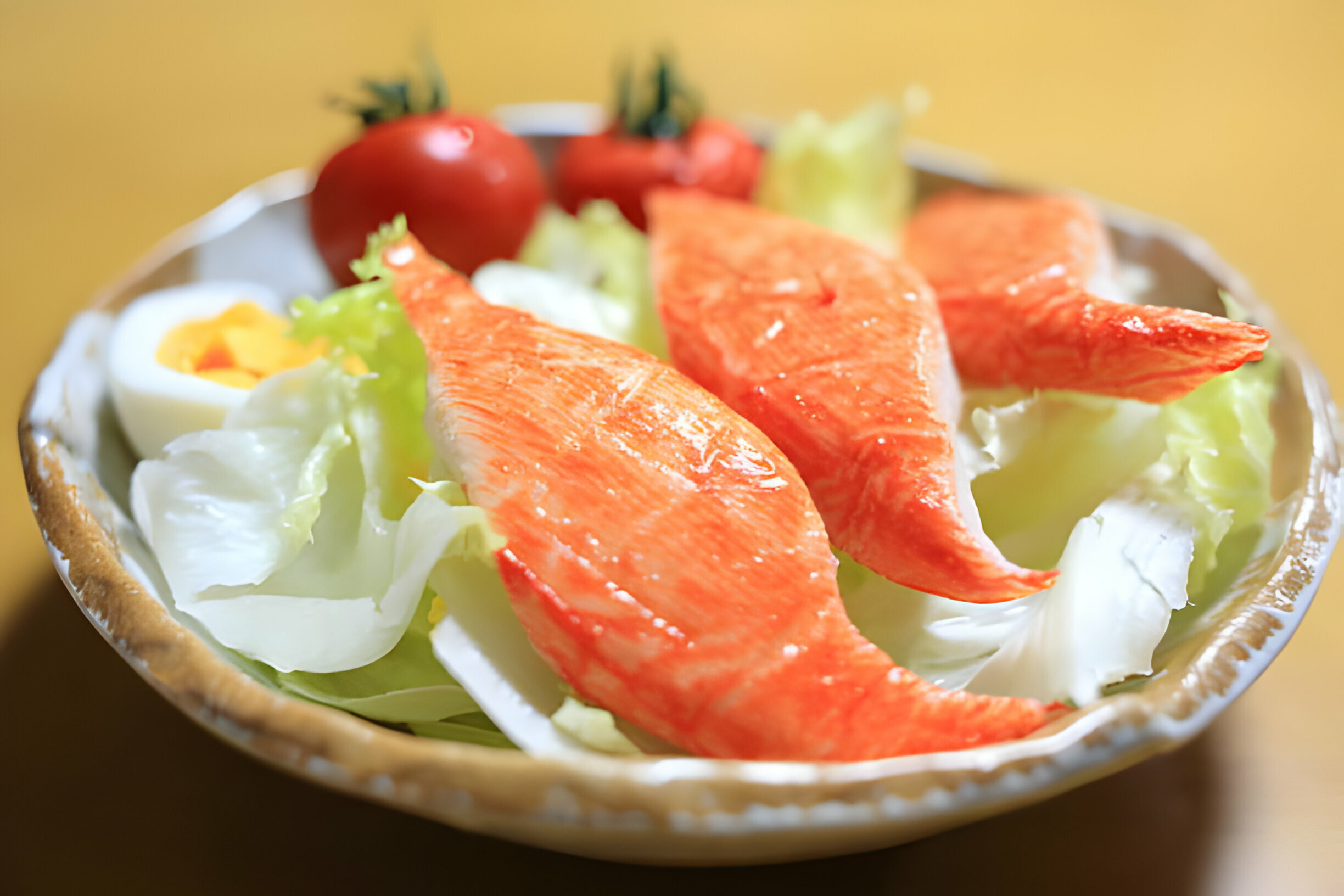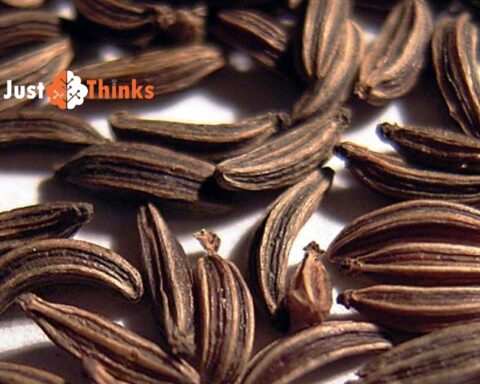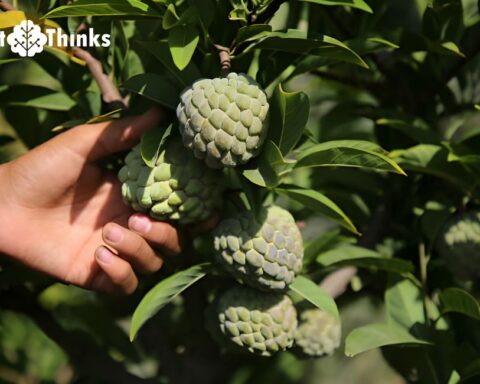Introduction
Welcome to the fascinating world of Kanikama, a staple in culinary traditions around the globe, known for its versatility and delightful taste. Often found gracing the plates of sushi enthusiasts and salad lovers alike, Kanikama, or imitation crab sticks, offers a unique combination of flavor, convenience, and affordability. In this comprehensive guide, we’ll explore the origins of Kanikama, how it’s made, and the best ways to enjoy it. Whether you’re a seasoned chef or a curious foodie, join us as we delve into the story behind Kanikama, unveiling tips, recipes, and much more to enhance your culinary adventures.
Origins of Kanikama
The journey of Kanikama begins in Japan, where the art of surimi, the fish paste at the heart of Kanikama, was perfected. This section will trace the evolution of Kanikama from a humble fisherman’s invention to a global kitchen favorite. By understanding its roots, readers will gain a deeper appreciation for Kanikama and its place in the culinary world.
How Kanikama is Made
Dive into the fascinating process of creating Kanikama, from selecting the right fish to the final packaging. This part of the guide will cover the meticulous steps involved in transforming surimi into the crab sticks we know and love, highlighting the craftsmanship and technology that ensure its consistent quality and flavor.
Kanikama, also known as imitation crab meat, is a product that showcases the innovative use of seafood to create a versatile and affordable ingredient that mimics the taste and texture of crab meat. The process of making Kanikama involves several steps, from selecting the right type of fish to packaging the final product. Here’s a detailed look at how Kanikama is made:

1. Selection of Fish
The first step in making Kanikama is selecting the right type of fish. Surimi, the primary ingredient in Kanikama, is typically made from white-fleshed fish such as pollock, whiting, or hake. These fish are chosen for their mild flavor, firm texture, and low cost. The fish are thoroughly cleaned, and any bones and skin are removed before processing.
2. Creating Surimi
The cleaned fish flesh is then minced and washed several times to remove fat and any undesirable flavors, resulting in a concentrated protein called surimi. This process also helps to achieve the desired texture and elasticity that are characteristic of crab meat. After washing, the surimi is strained and drained to remove excess water.
3. Adding Ingredients
To the surimi, manufacturers add other ingredients to improve flavor, texture, and color. These typically include starch (such as wheat or tapioca), egg whites, vegetable oil, salt, and natural or artificial flavors to mimic the taste of crab meat. Some products may also include monosodium glutamate (MSG) as a flavor enhancer and food coloring (often carmine or paprika extract) to give Kanikama its distinctive pink and white appearance.
4. Forming and Cooking
The surimi mixture is then formed into shapes that resemble crab legs, flakes, or chunks. This is usually done by extruding the mixture through molds. Once shaped, the products are cooked, typically by steaming or boiling, to set the form and ensure the product is safe to eat. Cooking also contributes to the texture and flavor of the final product.
5. Cooling and Cutting
After cooking, the Kanikama is cooled rapidly to halt the cooking process and maintain its texture. Once cooled, it is cut into the desired lengths or forms, depending on the intended use or consumer preference.
6. Packaging
The final step in the manufacturing process is packaging the Kanikama. It is often vacuum-sealed to preserve its freshness and extend its shelf life. Packaging also includes labeling that provides nutritional information, ingredients, and usage suggestions to the consumer.
Quality Control
Throughout the manufacturing process, quality control measures are in place to ensure the safety, consistency, and quality of the Kanikama. This includes monitoring the cleanliness of the production environment, the quality of the raw materials, and the final product’s flavor, texture, and appearance.
Nutritional Profile
Kanikama is not only delicious but also offers nutritional benefits, making it a popular choice for health-conscious consumers. This section will break down the nutritional content of Kanikama, discussing its protein value, calorie count, and how it fits into a balanced diet.
Versatile Culinary Uses
Kanikama shines in its versatility. From sushi rolls to salads and beyond, this segment will explore creative and tasty ways to incorporate Kanikama into your meals. Readers will discover new recipes and ideas to refresh their menu, making the most of Kanikama’s unique texture and flavor.
FAQs
- Is Kanikama safe for people with shellfish allergies? Address common concerns regarding allergies and provide expert advice to ensure safety and enjoyment for everyone.
- Can Kanikama be cooked, or is it eaten as is? Explore the different ways Kanikama can be prepared and enjoyed, offering tips for both raw and cooked dishes.
- How should Kanikama be stored for maximum freshness? Offer practical storage tips to maintain the quality and safety of Kanikama, enhancing its shelf life in your kitchen.
- What makes Kanikama a sustainable choice? Discuss the environmental impact of Kanikama production, highlighting its role in sustainable seafood consumption.
- Can Kanikama replace real crab in recipes? Provide insights into substituting Kanikama for crab meat, ensuring readers can make informed decisions when cooking.
Conclusion
Kanikama, with its rich history, nutritional benefits, and culinary flexibility, is more than just an imitation crab stick; it’s a testament to innovation and tradition in the food industry. As we’ve explored its journey from Japanese surimi techniques to its place in dishes worldwide, it’s clear that Kanikama offers something special for everyone. Whether you’re crafting a gourmet sushi dinner, whipping up a quick salad, or exploring new culinary horizons, Kanikama is a flavorful, nutritious, and versatile choice that deserves a spot in your food repertoire.






